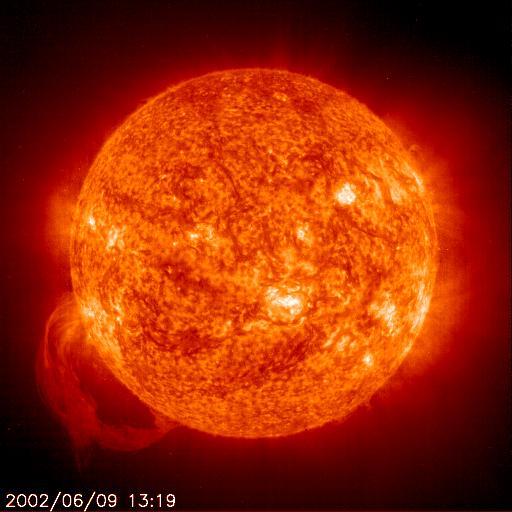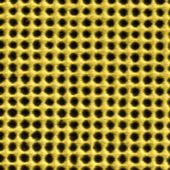
© NASASunspots, which rotate around the sun's surface, tell us a great deal about our own planet.
Sunspots, which rotate around the sun's surface, tell us a great deal about our own planet. Scientists rely on them, for instance, to measure the sun's rotation or to prepare long-range forecasts of Earth's health.
But there are some years, like this one, where it's not possible to see sunspots clearly. When we're at this "solar minimum," very few, if any, sunspots are visible from Earth. That poses a problem for scientists in a new scientific field called "Space Weather," which studies the interaction between the sun and Earth's environment.
Thanks to a serendipitous discovery by Tel Aviv University's Prof. Colin Price, head of TAU's Department of Geophysics and Planetary Science, and his graduate student Yuval Reuveni, science now has a more definitive and reliable tool for measuring the sun's rotation when sunspots aren't visible -- and even when they are. The research, published in the
Journal of Geophysical Research -- Space Physics, could have important implications for understanding the interactions between the sun and Earth. Best of all, it's based on observations of common, garden-variety lightning strikes here on Earth.


Comment: We can add this to the growing body of data pointing to the very real prospect of a sudden onset ice age:
Fire and Ice: The Day After Tomorow